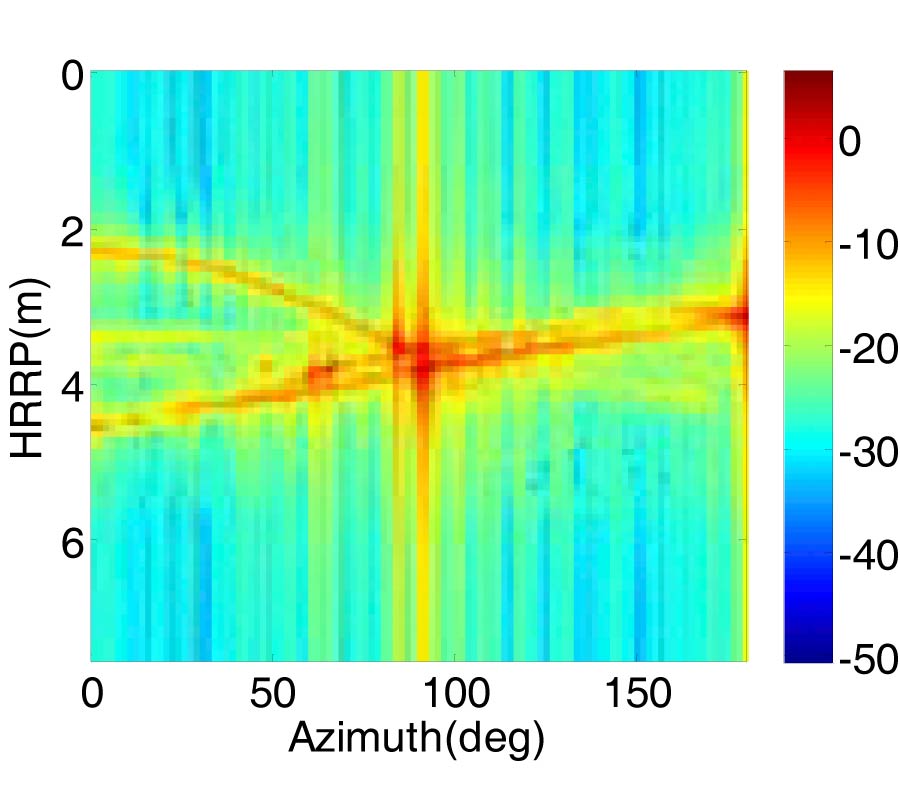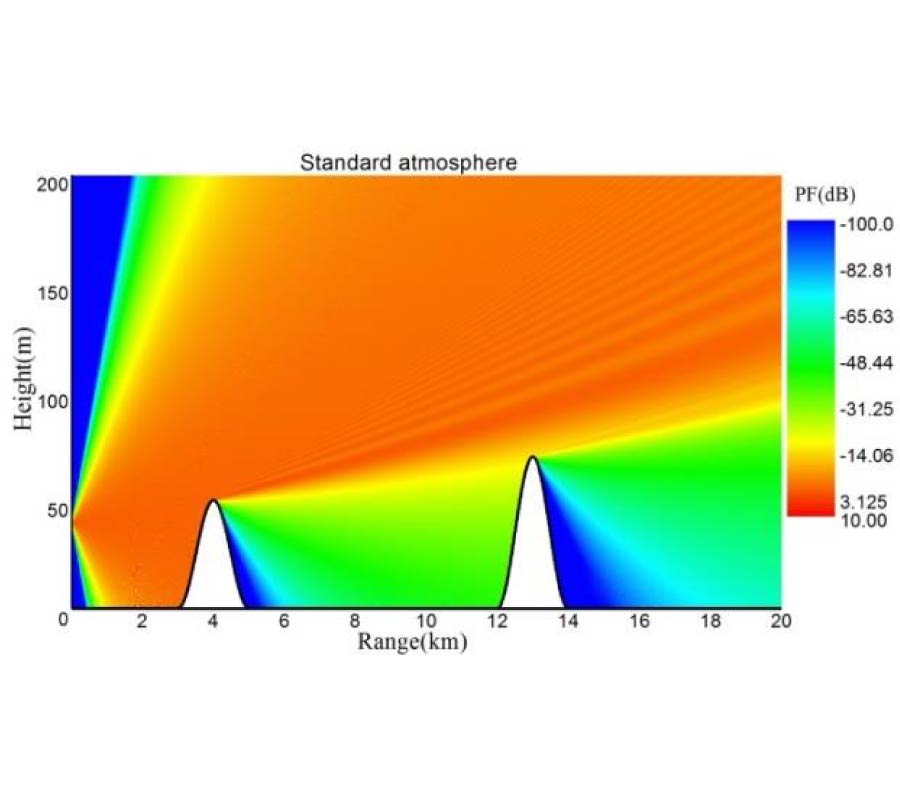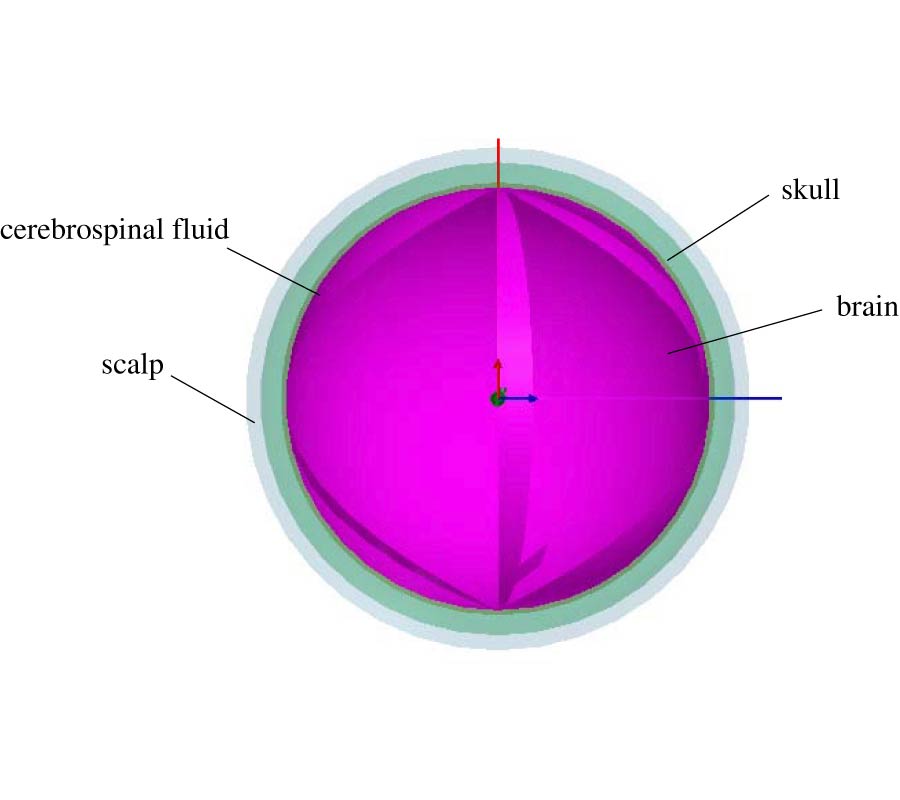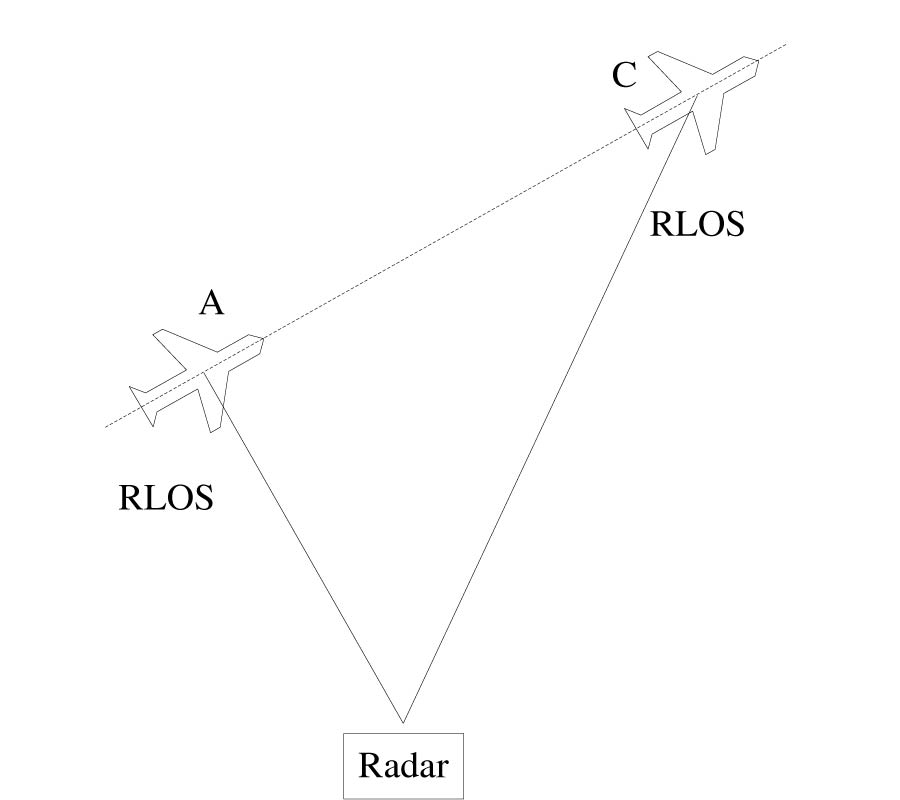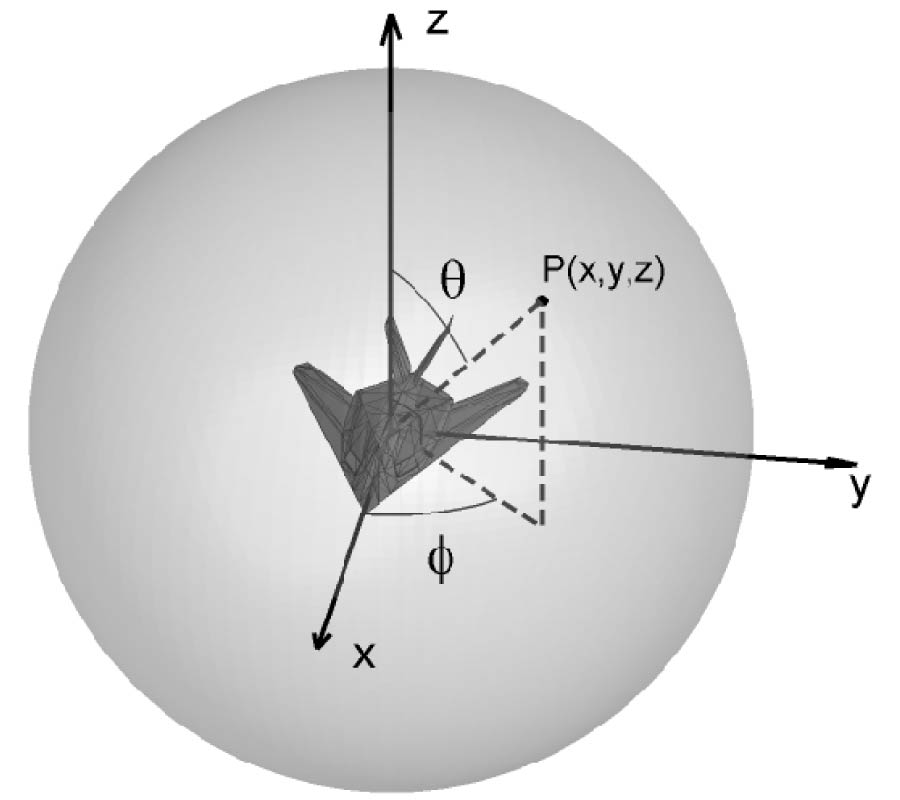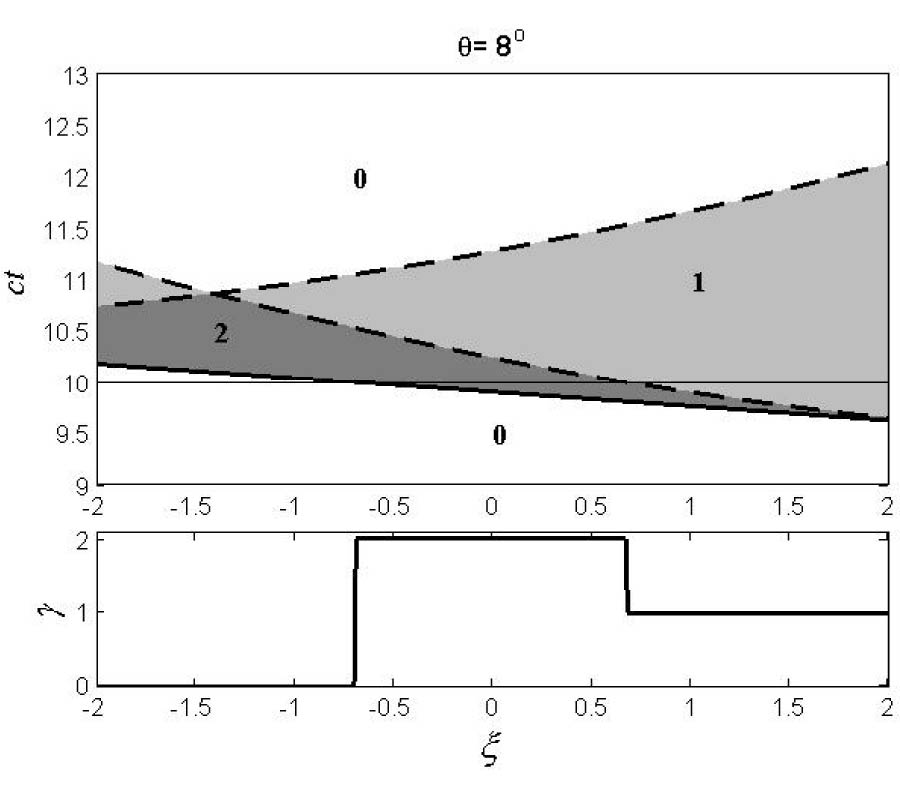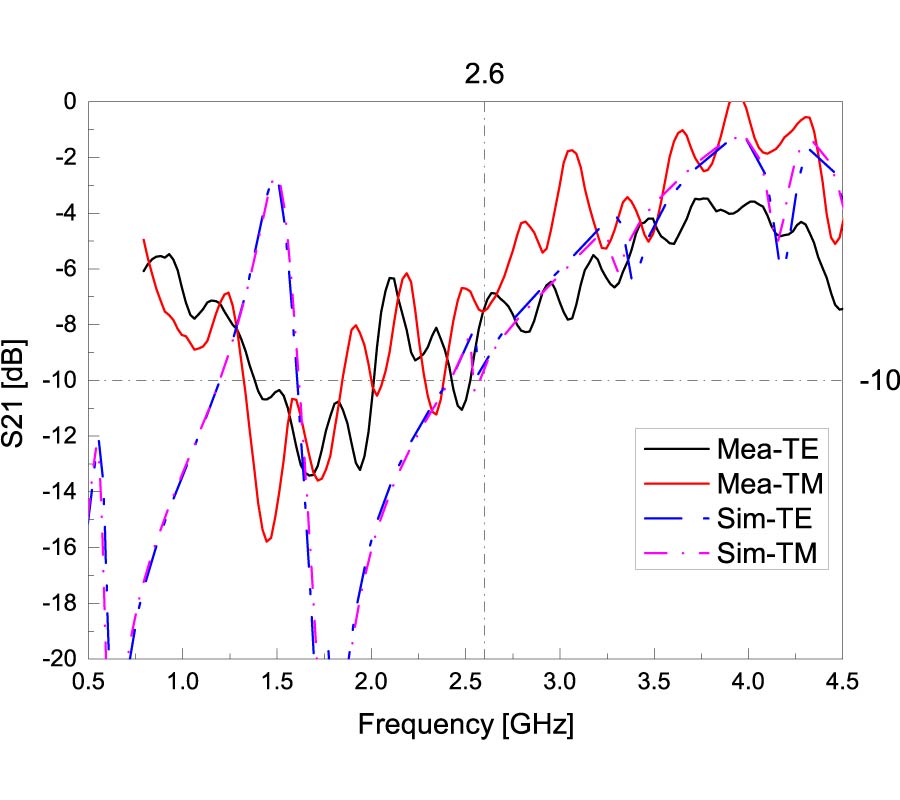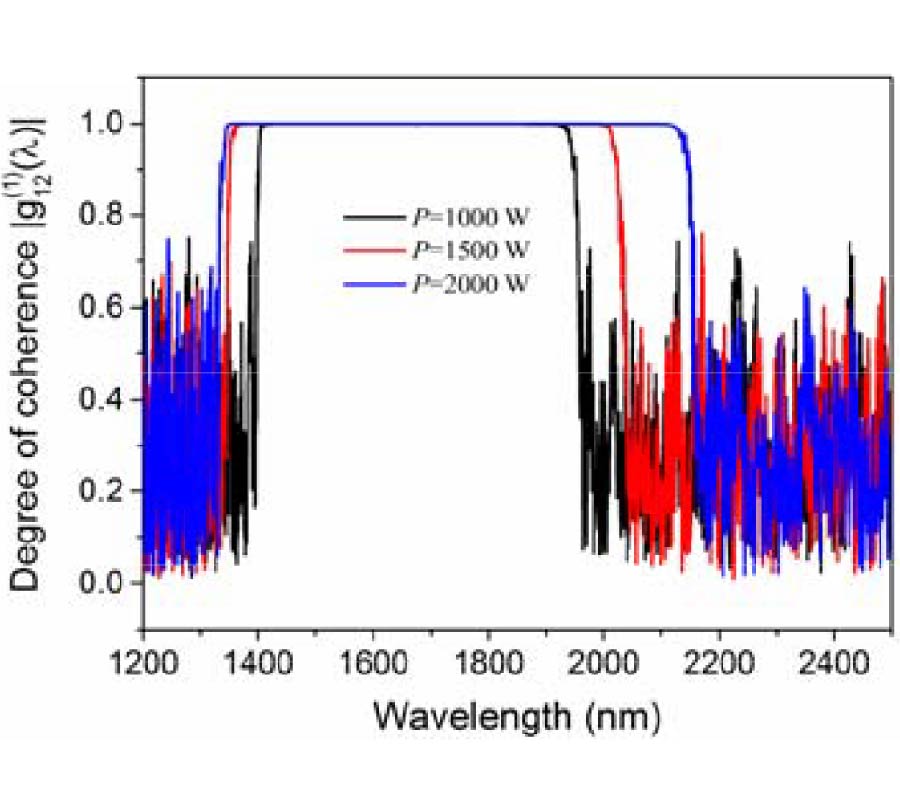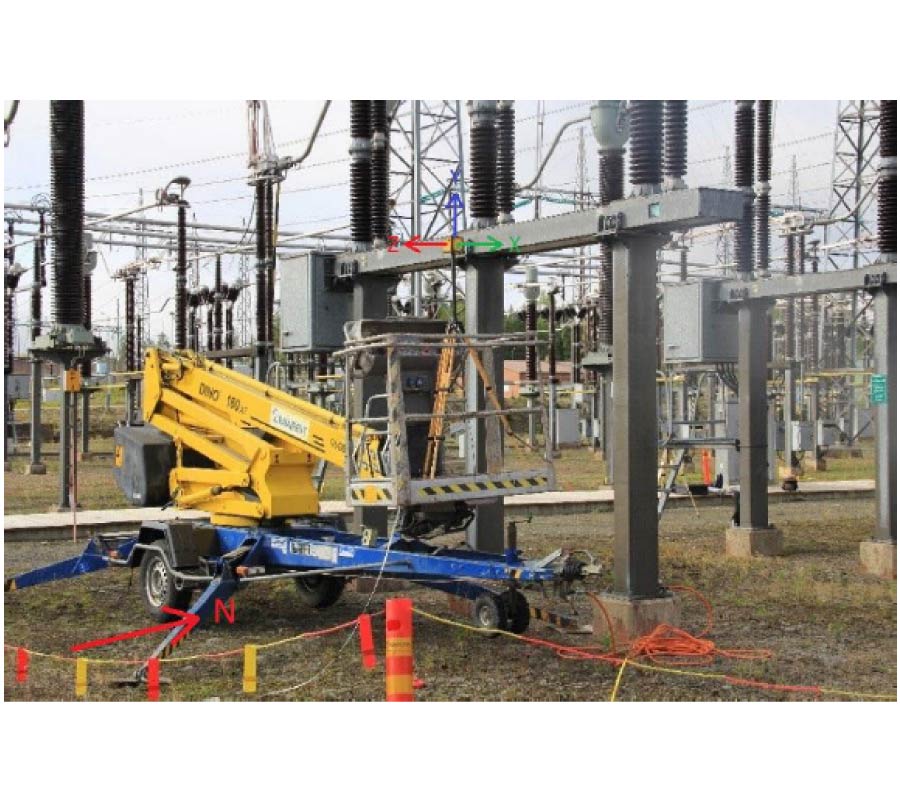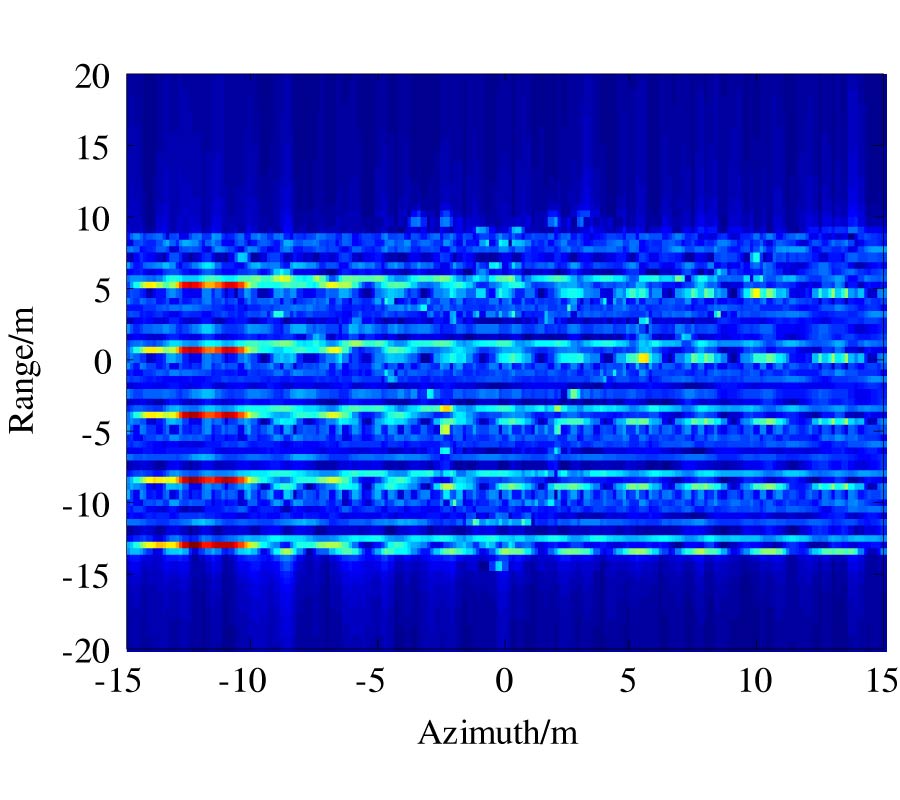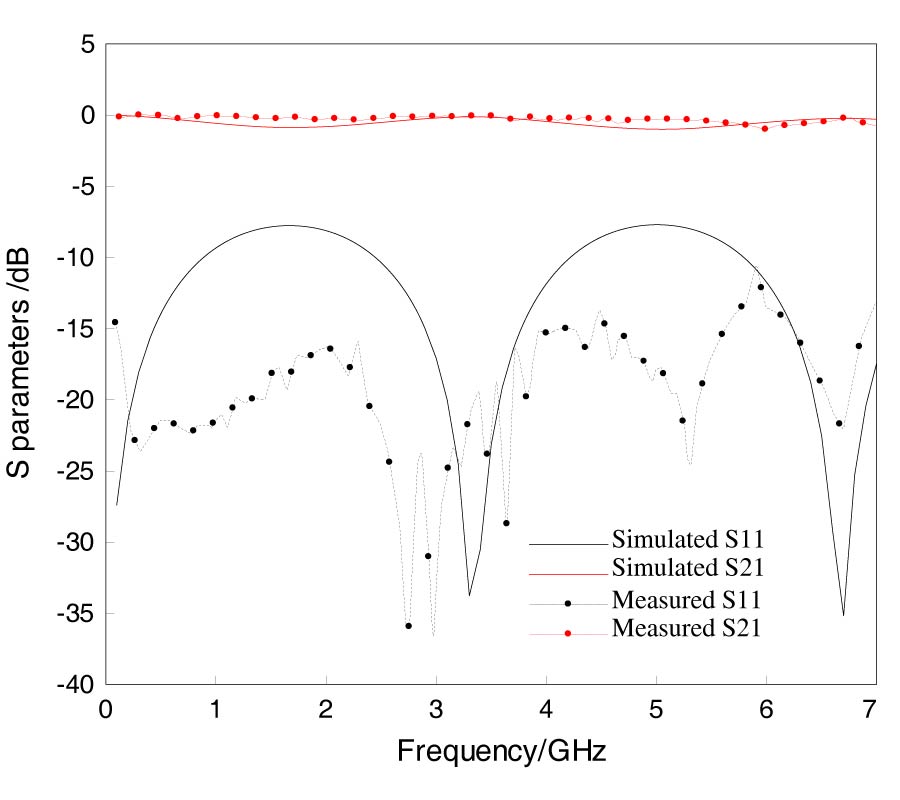The Focusing Optimization of Transcranial Magnetic Stimulation System
Hui Xiong
,
Jin Hua Shi
,
Xiao-Wei Hu
and
Jin-Zhen Liu
The transcranial magnetic stimulation (TMS) technology development becomes a painless, noninvasive, green treatment and detection method in recent years. However, because of the difference in efficiency of the stimulation system, the technology is not widely used. The focality of the magnetic field is one of the key issues that affect the efficiency of magnetic stimulation. If the focusing problem cannot be solved, the development of TMS technology will be restricted. Therefore, research of focusing has become a hot spot in recent years. In this paper, we mainly carry out three meaningful works. First, a hybrid algorithm is proposed based on a simplified particle swarm optimization algorithm (sPSO) and simulated annealing (SA) algorithm. The convergence of those algorithms is tested. The current through the coils is optimized and solved. Second, the influence of discharge circuit parameters on the magnetic field distribution in the head model is analyzed. Finally, five array coils are established, and the related parameters are configured by using the results of above research. The simulation results show that the hybrid algorithm can improve focality performance. The hybrid algorithm is made up of sPSO and SA. The proposed optimization algorithm and the study to the parameters of the discharge circuit are useful to enhance the focality of the TMS technology in the further development.
